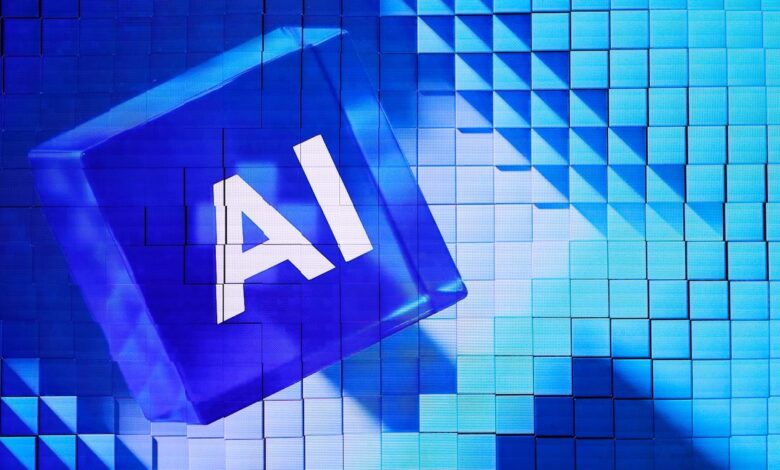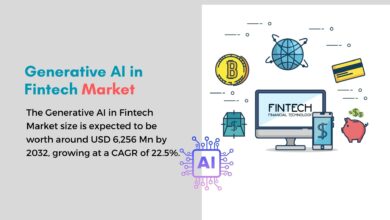A glossary of AI/artificial intelligence terms you need to know

Let’s start with the basics for a refresher. Generative artificial intelligence is a category of AI that uses data to create original content. In contrast, classic AI could only offer predictions based on data inputs, not brand new and unique answers using machine learning. But generative AI uses “deep learning,” a form of machine learning that uses artificial neural networks (software programs) resembling the human brain, so computers can perform human-like analysis.
Generative AI isn’t grabbing answers out of thin air, though. It’s generating answers based on data it’s trained on, which can include text, video, audio, and lines of code. Imagine, say, waking up from a coma, blindfolded, and all you can remember is 10 Wikipedia articles. All of your conversations with another person about what you know are based on those 10 Wikipedia articles. It’s kind of like that — except generative AI uses millions of such articles and a whole lot more.



